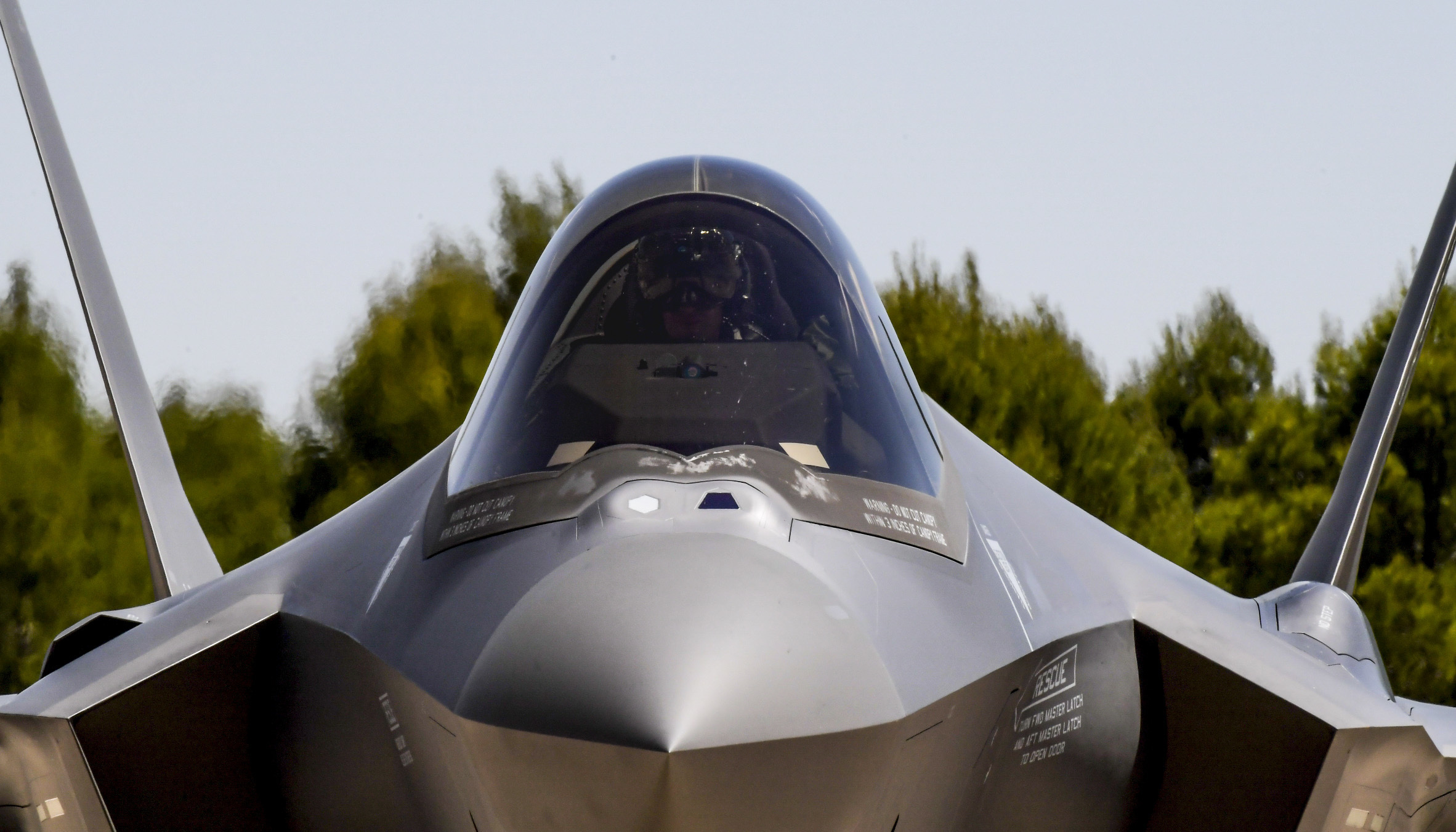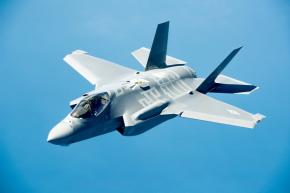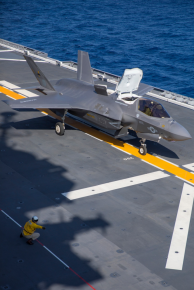Post 2 of 3: Deterrence & defending the Merlion’s interests during manufactured disputes (port waters & airspace)
3. There are some scattered news reports of minor tensions from 2018 to 2021. As many are aware, a
dispute emerged between Singapore and Malaysia, which (re)emerged unexpectedly in Oct 2018. This latest round of Dr. M initiated dispute concerns the maritime area in the Johor Strait, which is off the coast of Singapore’s reclaimed land area known as Tuas — the Malaysian vessel
MV Jabatan Laut Polaris, was involved in a collision with a Greek bulk carrier on 9 Feb 2019, during the period it was illegally parked in Singapore port waters (for the Malaysian purpose of furthering tensions in the 2018 to 2019 period).
(a) In Oct 2018, Malaysia Transport Minister Anthony Loke declared that “the altered port limits of Johor Bahru are in Malaysia’s territorial sea and it is well within Malaysia’s right to draw any port limit in our territorial sea in accordance with our national laws.” Following this declaration, by Dec 2018, as part of their luminal warfare plan, Malaysian vessels started daily intrusions into Singapore’s Tuas port limits As a result of 2018-2019 tensions, the Maritime Security and Response Flotilla was additionally allocated 4 former Fearless-class patrol vessels (refurbished and re-inducted into service), known as Sentinel-class Maritime Security and Response Vessels (MSRVs). These will operate beside two Maritime Security and Response Tugboats to enable more calibrated responses, in a troubled peace scenario. The 4 MSRVs are in addition to the 8 Littoral Mission Vessels.
(b) “On 11 September 2021 a Royal Malaysian Police helicopter was travelling in a southeasterly direction towards Tanjung Pengelih in southern Johor when it entered Singapore's territorial airspace above the eastern part of Pulau Tekong without approval,”
said Singapore's Minister for Defence Ng Eng Hen in a written response to a parliamentary question published on 5 Oct 2021. Rodzi Md Saad, Malaysia’s director general of Majlis Keselamatan Negara Malaysia (MKN), as a VIP paid a visit to Malaysia’s Abu Baka Maritime Base — opposite the formerly disputed Petra Branca — in an AW-139 helicopter (9M-PMD). Nothing wrong with a Malaysian VIP visiting their own base, right? Except for a minor detail on this 9-11 visit. The Royal Malaysia Police helicopter, 9M-PMD, flew over Pulau Tekong’s air space for about 2 minutes — which is home to Singapore’s Basic Military Training Centre. Singapore scrambled 2 F-16s armed with AIM-9Xs and AIM-120-C7s around 9.20am, Singapore time, when 9M-PMD flew over Pulau Tekong. The RSAF’s air sovereignty fighters had about 4.5 minutes of reaction time (from the time the AW139 changed course 13 km away from our borders) and when they reached Pulau Tekong/Singapore airspace. Given that the total reaction time from change of direction to departure was 6.5 minutes — I understand why the AW139 helicopter did not get a verbal warning.
4. Along with the past maritime issues that pre-date 1991, in the 2018-2019 period airspace dispute was also contentious, with Malaysia protesting the proposed use of a new Instrument Landing System (ILS) at the Seletar airport, arguing that flight paths would restrict development in the Johor town of Pasir Gudang. In response, Singapore has argued that it would rely upon existing flight paths that have been used for decades.
A tad off topic, delete if too much so, but I’ve always been curious about the Malaysian / Singaporean situation and there’s not much current / easily accessible academic writing on the topic?
5. Very little credible open source writing on the topic of the SAF in phase zero planning for conflict between Malaysia and Singapore. Only mentioned by Tim Huxley, as part of his discussion on forward defence, in
Defending the Lion City. Of course, Singapore in military capability is not the Kuwait of 1991 that was over-run by Saddam’s forces.
(a) Gallantry of soldiers, sailors and airmen is what happens after Singapore’s diplomacy, intelligence, economic strength, and strategy fail, to keep Singaporeans secure. Certain Malaysians in 2018 keep telling Singaporeans to dial down on the siege mentality; when they are the biggest contributor to this mentality. IMO, it is the mentality of Malaysian politicians (in their quest to stay in power), as demonstrated by Dr M, that creates a security dilemma for the small city state.
(b) While Singapore aims to be a friend with as many countries as possible, the small city state must never be bought, or intimidated, or bullied into acting against its national interest. This is why, Singapore has no intention to be intimidated by Malaysian political actions in 1991 or in 2018.
6. Singapore’s forward defence strategy has now shifted focus to the maritime domain (in ungoverned spaces), which automatically means a focus on the Singapore Navy’s bilateral working relationships with the Australian Navy, the Brunei Navy, the US Navy and the TNI AL. With the mobility of the future Joint-Multi-Mission Ship (JMMS), it could act as a C4ISR platform for military operations in the littorals. These sea control and amphibious missions could be carried out from an unexpected quarter, complicating the insurgent’s or enemy’s calculus in either the Straits of Malacca and beyond or in the South China Sea.
(a) Hopefully, the SAF can also address Pinoy and Indonesian HADR concerns when the JMMS program starts to cut steel in the 2030s as replacements for the four 7,600 ton Endurance Class LPDs. The JMMS (that is to be built), can not only carry H225Ms, Satcom equipped CH-47Fs (for beyond line-of sight communications) and various types of UAS, it could also act as a forward arming and refuelling point at sea to support land-based F-35Bs on sorties. But UAS carriage is not only about ISR. Rather, these unmanned systems can provide early warning, conduct EW; and serve as a communications relay for ships in a task group and for ship to shore communications.
(b) The eventual acquisition of up to 12 F-35Bs in around 2026 to 2028 will enable the 21st Division and its 7th Singapore Infantry Brigade (7 SIB), as an infantry formation specializing in heliborne and amphibious operations, supported by the future JMMS to operate more like a mini Marine expeditionary brigade (MEB) of the US Marines with its aviation combat element forward deployed on a land base in Brunei or Malaysia.
(c) Supported by Singapore Navy ships from the 1st, 2nd and 3rd flotillas — it is likely that troops from 7SIB is the force of choice to be deployed in a coalition with foreign diplomats, a large contingent of policemen from different countries and international aid workers in a complex situation. The only issue is that the all professional side of the SAF is too small, in size, at only one evergreen battalion that is found in the Army Deployment Force.
(d) Details of the JMMS are currently sketchy, but they will reportedly have double the capacity of the current Endurance Class vessels. As Ben Ho has written: “What is perhaps clearer is that Singapore is likely to continue its long-standing
gradualist approach towards arms procurement. The JMMS should be no different in this regard. Post-2030, when the platform is expected to launch, we can expect to see an ‘Endurance 1.5’ rather than an ‘Endurance 2.0’ to enter service.”

defence-blog.com

fb.watch



